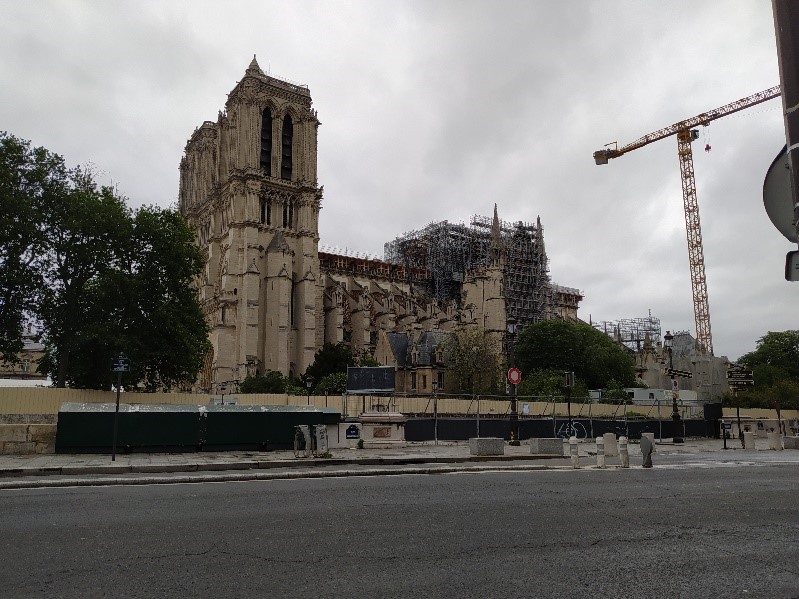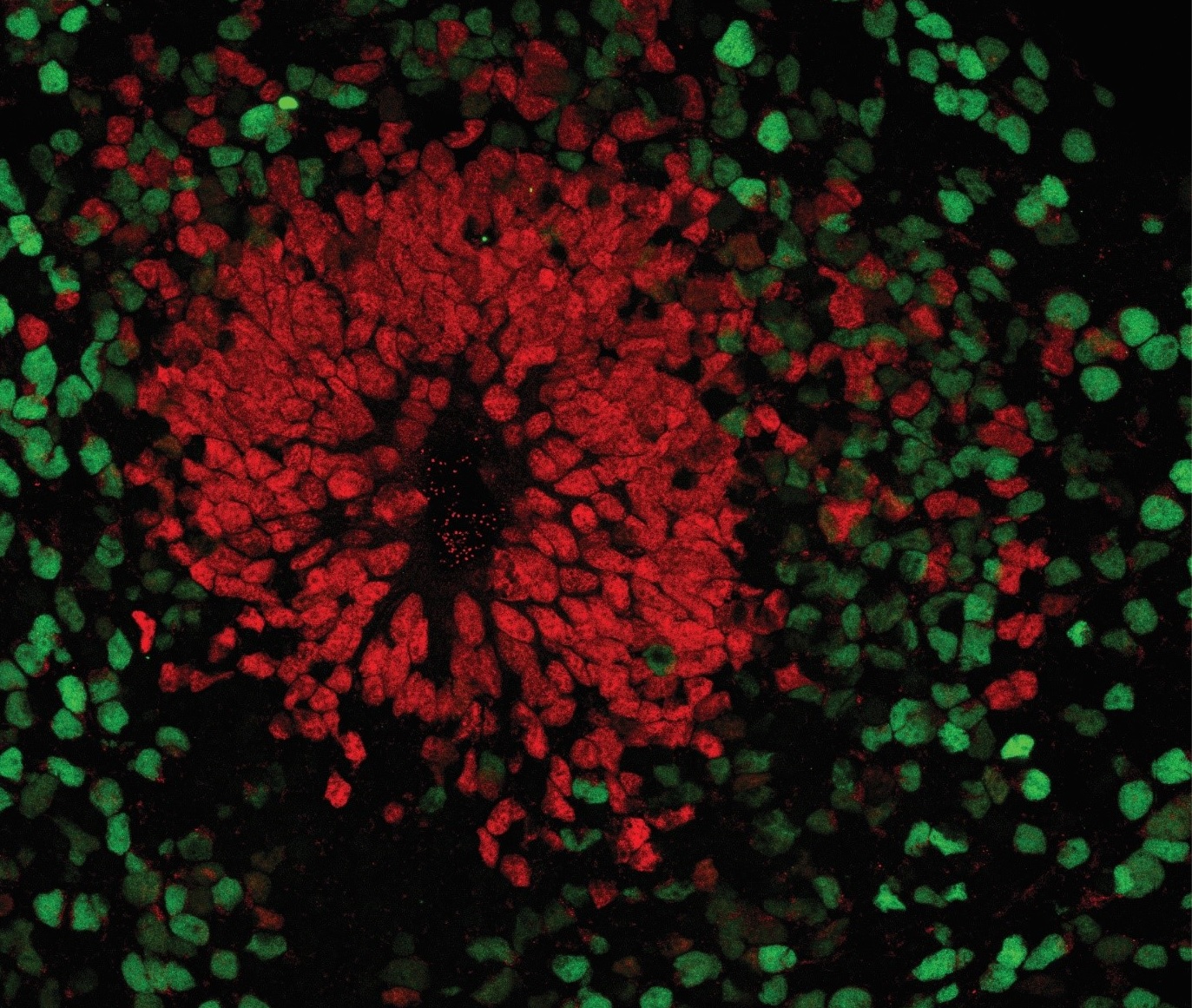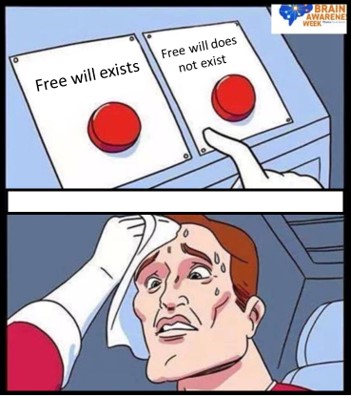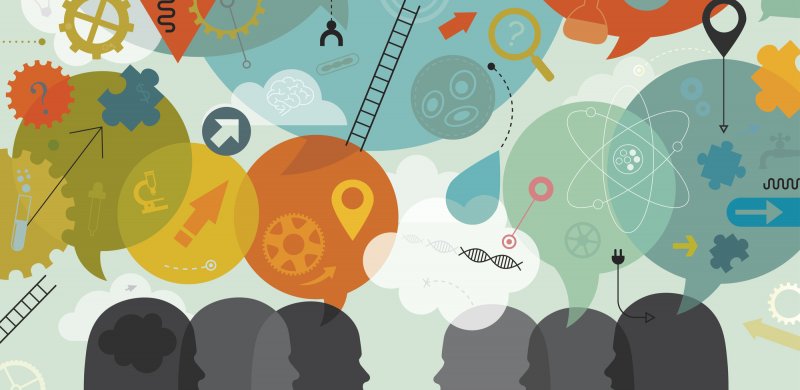Back to the future (Flavio Tomasi)
10/05/2020
About 9 months ago I started my PhD at the Sorbonne University, in Paris. The aim of my project is to evaluate whether the modulation of the endocannabinoid system has beneficial effects on a mouse model of autism. The first months of my PhD have gone very well, I learned a lot and I met wonderful people.
Until a few weeks ago, I was thinking of dedicating this post to the organization of the second Network school of our Syn2Psy program – about the genetic approaches for the study of neuropsychiatric disorders – that was planned for mid-June in Paris. I was so much looking forward to seeing again that group of passionate and crazy people that are the other Syn2Psy early stage researchers.
Unfortunately, as you know, our plans have changed, and our network school has been postponed. France, as many other states in Europe and worldwide, responded to the Sars-CoV2 emergency with a lockdown.
The lockdown, that started in France on the 17th of March, will officially finish tomorrow. I went to the lab a couple of times during the lockdown, basically to maintain my mouse colony. My mice are the beginning of every single experiment of my project, so I really need to take care of them. And they need some care during a pandemic too!
But tomorrow things are going to change! I know that we are not coming back to our normal life and that the deconfinement (this is how they call it here) is going to be stepwise, but at least I start to believe that this too shall pass.
11/05/2020

Today I went to the lab. I couldn’t take the metro because during the deconfinement you need a special permission to take public transport, so I walked. I love to walk in Paris, and, to go from my place to the campus where the lab is, I decided to walk down Boulevard Saint Michel, one of the most beautiful streets in Paris, running alongside the Luxemburg gardens and the old Sorbonne University, reaching the Seine river and the Île de la Cité, where the Notre Dame Cathedral is. The weather was typical Parisian, with a grey sky and a light rain, a bit melancholic, the opposite of my state of mind. Notre Dame was full of scaffolding for the work that started after the fire that destroyed the roof over a year ago. I really hope that the works will start again soon! I continued my walk alongside the river finally reaching the campus.
Nobody was in the lab. Even if the lockdown is officially finished in France, our University decided to delay it for a few more weeks. Moreover, since my next experiment will be the evaluation of the effects of an endocannabinoid modulator on the behaviour of my mice I will have to wait until the animal facility will be open again to start my beloved scientific work.
In the meantime, I will continue to come from time to time, just to genotype my mice. You must know that they are characterised by a mutation on the Shank3 gene, associated in the human to the Phelan-McDermid syndrome, a genetic disorder characterised by intellectual disability and autism (among other manifestations). When new-borns are ready to be weaned, I have to check if they have inherited the mutation from their parents, through a PCR. This is a molecular biology technique that allows to rapidly make millions to billions of copies of nucleic acid fragments with known initial and terminal nucleotide sequences, even starting from a very small sample of DNA. Thanks to this technique I can distinguish between mice that have or not the mutation on Shank3.
Nowadays it may seem an outdated technique but when it was conceived, in 1983, was a revolution for molecular biology. Kary B. Mullis, in 1993, was awarded with the Noble Prize for Chemistry for this invention. He has been a very eccentric scientist. During my bachelor I read his autobiography, a book called “Dancing Naked in the Mind Field” (that’s what I mean with eccentric). This book inspired me a lot, with its advices and its strong support to interdisciplinarity and creativity, both allow us to see things from different points of view, in the scientific fields, but also in our personal lives. In this book, Mullis gave, I think, one of the best definitions of our work: “When you get the hang of it, science, like everything else people do for a living, is pretty straightforward. You are in the business of solving puzzles. The way to approach a puzzle is to think about it for a while, look at all the facts you can find out about it, and then take a guess. Propose a solution. The next step is to try your best to disprove your solution. Show that the pieces don’t fit together in the way that you have proposed. If you can do that, then propose another solution.”
Well, I hope to restart solving puzzles again soon.
P.S. Tomorrow, the 25th, the animal facility will be open, and I will be able to start again my experiments! I’m so happy! I will keep you updated about the progress of my project.
Take care!
By Flavio Tomasi




Be the first to reply